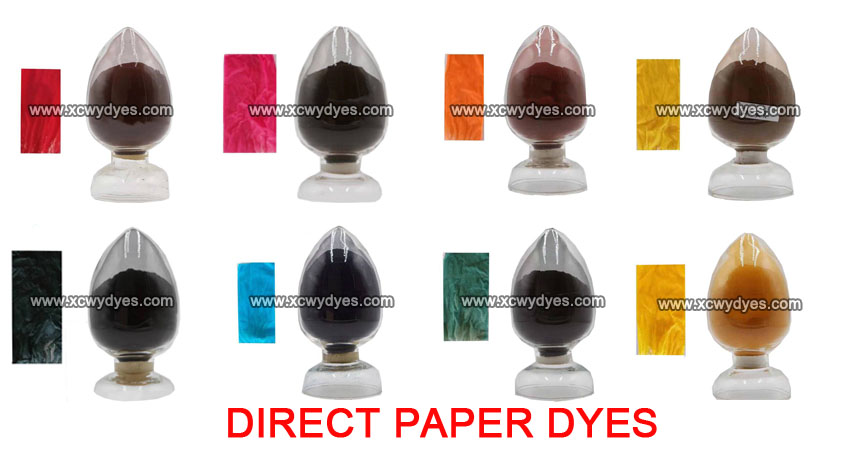The color of the paper is an important indicator of its appearance, and the purpose of dyeing is to give the paper different colors to meet the needs of customers. The dyeing process of paper can generally be divided into pulp dyeing and surface dyeing. This article combines the production experience of our factory, focusing on the dyeing in the pulp and the control of the dyeing process to give a brief introduction.
The commonly used dyes in pulp dyeing can be divided into direct dyes, basic dyes and acid dyes. When choosing dyes, the purpose of the paper should be taken as the starting point, and the following influencing factors should be considered comprehensively.
1. Affinity with fiber.
Some high-end papers are not allowed to fade in water when used in the packaging of high-end products. Therefore, direct dyes with greater affinity for fibers must be selected, such as direct pink red 12B, direct sky blue 5B, direct black EX, direct copper blue, direct yellow G etc.
2. The need of paper color.
Basic dyes or direct dyes with bright colors should be selected when dyeing some papers that require particularly bright colors. If necessary, some brighteners can be added to improve the brightness of the paper.
3. For paper with high light fastness requirements, you can choose fast dyes or direct dyes. Do not choose basic dyes. Otherwise, the color will fade too fast when exposed to light.
4. Dyeing characteristics of dyes.
The same dye has different dyeing characteristics for different pulps. Relatively speaking, direct dyes are much more stable, but basic dyes are quite different.
5. High-grade paper dyeing should generally be dyed with high-strength dyes, with a small amount and good dyeing effect, while inferior dyes with too low-strength can not achieve the ideal dyeing effect even if the amount is increased.
6. Consider the cost of dyeing.
Contact person: Miss Jessie Geng
Email:jessie@xcwychem.com
Mobilephone/Whatsapp: +86-13503270825
Post time: Sep-28-2021






